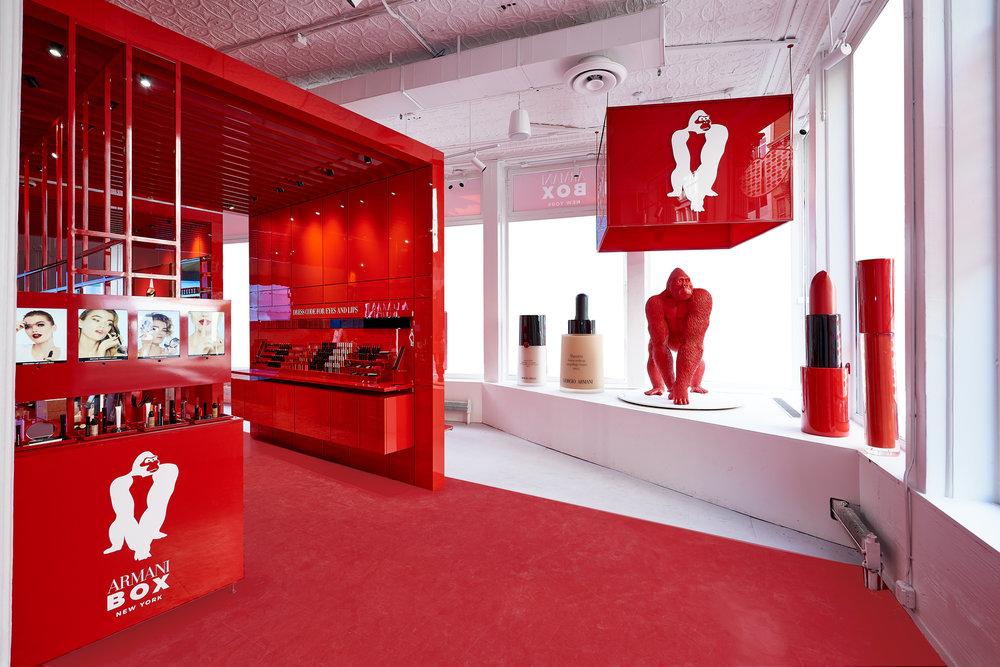
The psychiatrist William Glasser explains that we learn 20% of what we hear, 30% of what we see, and 80% of what we experience.
Glasser’s Learning Pyramid offers a clear conclusion: we are influenced by what we feel and experience first-hand. The true challenge for brands is to create such an impactful experience for the consumer that it generates a special bond and consequently encourages them to buy.
Considering that 70% of purchasing decisions are made in-store, one of the most effective strategies is promotion at the point of sale. It’s not just a tactical instrument but also a way to increase the added value of your brand and product, both materially and emotionally.
Point of sale promotion encompasses all marketing actions carried out in-store. This ranges from visual merchandising, window dressing, and signage to actions focused on products or brands, such as discount coupons, gifts, and vouchers. The online component is equally important; every physical campaign should be complemented by various actions on social media, landing pages, websites, and email marketing.
In four words: love at first sight. This is what the consumer should feel upon entering your store. They should be unconsciously drawn to where the promotion is. Even if the promoted product isn’t purchased, brand awareness and customer loyalty can be improved. It’s a perfect method to reduce stock of certain products or draw attention to new arrivals. It’s also a great option for cross-selling, doesn’t require a huge investment, and the list of advantages is endless. However, the key will be to decide what type of promotion best suits your campaign.
Signage: This is the communication channel between the store and the customer. It informs them about products and services, as well as offers or promotions. It serves a dual purpose: to capture the customer’s attention and guide them through the store.
Digital Signage: This involves disseminating digital content through a screen or network of screens controlled remotely. Various types of content can be displayed, such as images, videos, texts, and social media content. It allows for real-time updates and saves on printing costs.
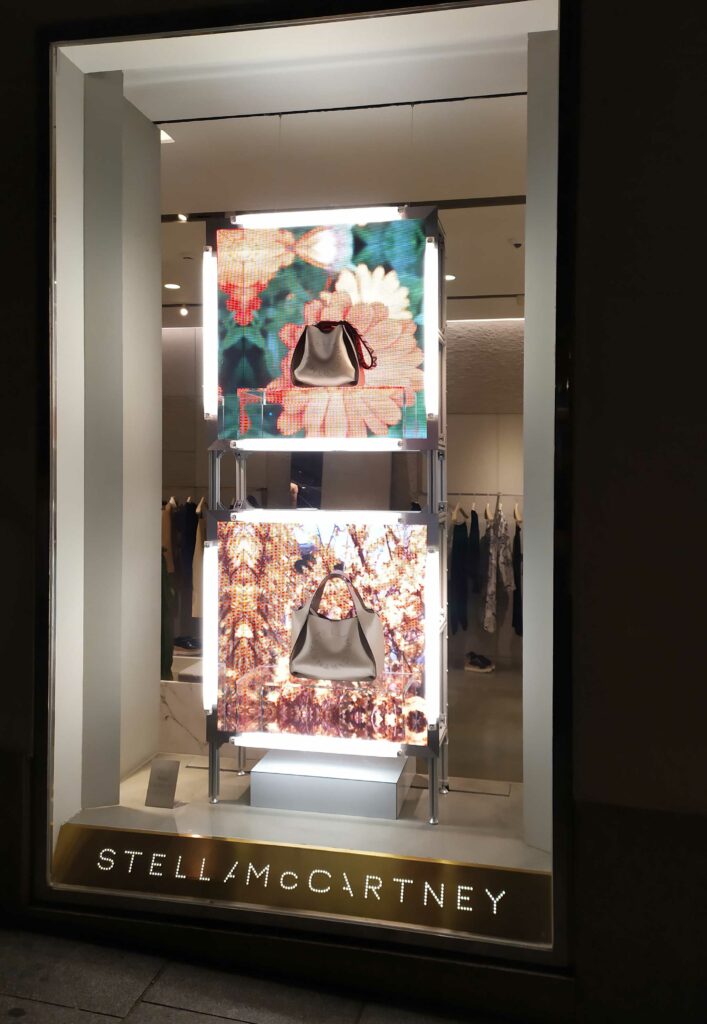




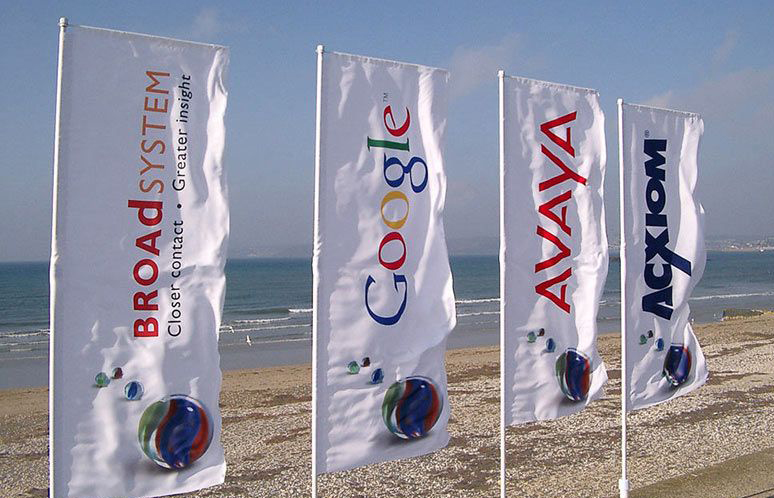
Audiovisual media: Other advertising means include using the store’s PA system to announce different offers or employing audiovisual media like screens, projections, and other elements for advertisements.
Window displays: The perfect place to capture public attention and entice them to enter the store and learn about the products or services offered.


Sustainability
Consumers are increasingly demanding brands to be more environmentally conscious. Trends such as sustainable packaging, eco-friendly POS elements, signage and outdoor advertising that filter CO2, and the return to bulk sales are gaining traction among new consumer habits.
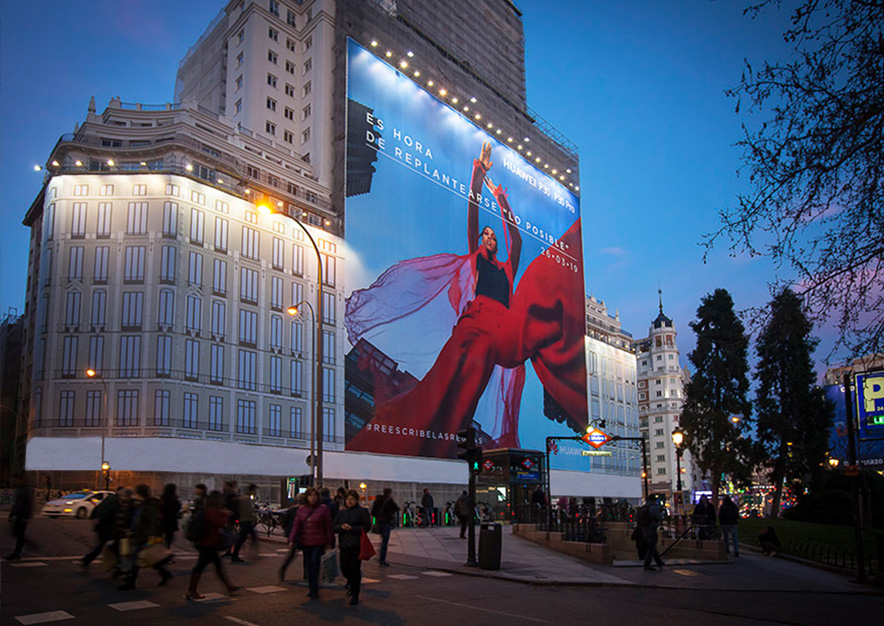
Digital consolidation
Promotional devices like digital signage, the use of augmented reality, screens, 3D printing, or smart labels will undoubtedly attract visitors who seek more than just a simple store, looking to interact and experience something immersive.
Data collection in retail
Obtaining specific data about your customers is crucial when designing effective point of sale promotion actions. Various technologies can be implemented in your store to achieve this, with Smart Data being one of the most prominent. This innovative advertising format combines data use and business intelligence to create intelligent digital content at points of sale. With cameras installed in your store, you can obtain data such as customer profiles by gender and age, the busiest times and days, and identify hot zones with heat maps. Once this information is gathered, you can use management software to personalise the content on your digital signage according to the type of customer.
Impactful design
The goal of a promotional campaign is to create a WOW effect when the customer enters the store. Therefore, the design of promotional elements should be one of your priorities. It must be well-crafted and attention-grabbing, considering your audience’s tastes and interests while aligning with your brand image. To achieve this, focus on size and colour. Also, consider the location, distribution, and placement of elements. It’s not just about creating a beautiful design but a strategic and logical one.
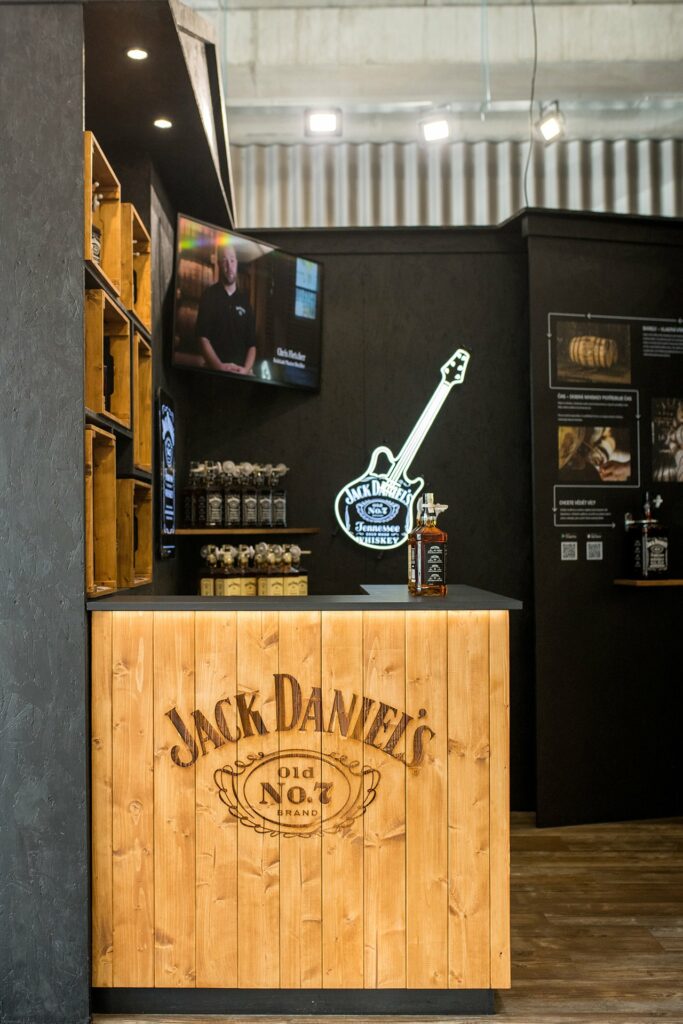
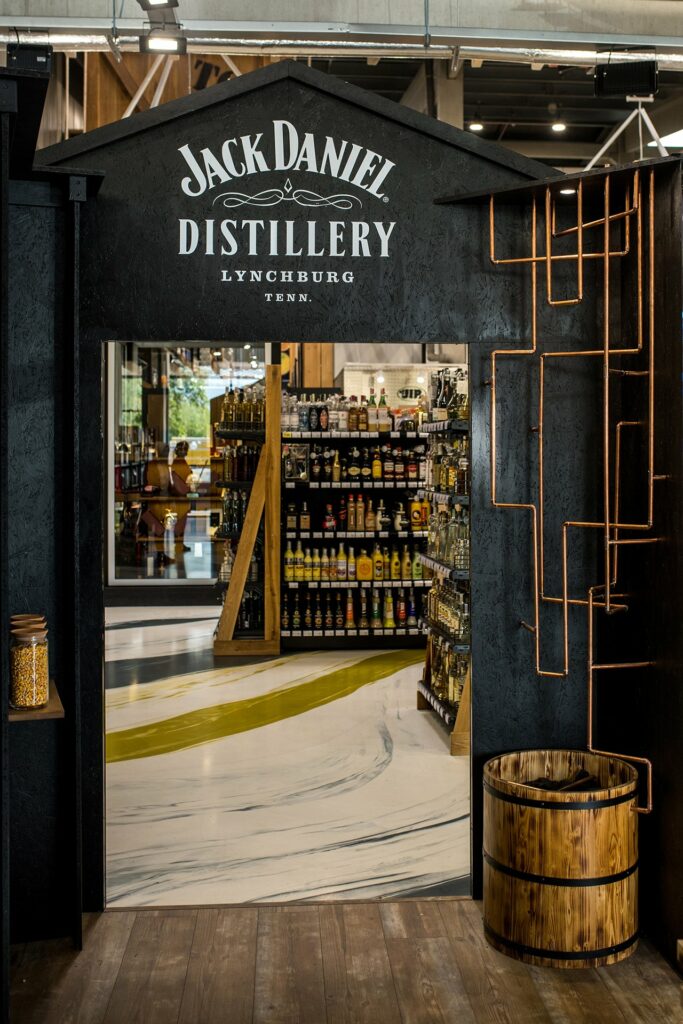
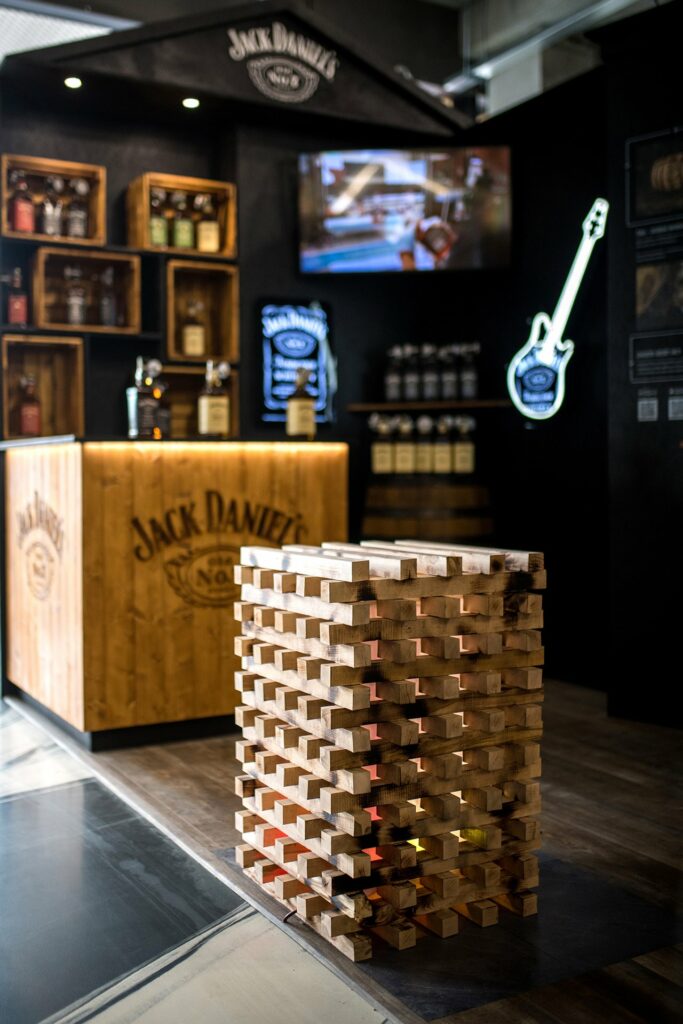
Segment your target audience
An essential step in creating a point of sale promotion campaign is segmenting your target audience. Start with quantitative and qualitative research. What age are your consumers? What are their tastes? What products attract them? Why? What types of promotions impact them? Once you have the answers, create a buyer persona to visually summarise this information. This step will help improve the quality of your decisions.
SMART Goals
Set specific goals. These should be specific, measurable, achievable, relevant, and time-bound, all aligned with the company’s general objectives. These concrete goals allow for performance analysis and systematic measurement of work. They should be specific, with real data you aim to reach. An example would be: “increase sales of x product by 30% by January.”
Integral experience
The campaign should be received by the consumer through all five senses to be memorable. Therefore, it’s important to create a global campaign and define the actions to be carried out: promotion and advertising in-store, creating a special section on the website or a landing page, email marketing, social media, contests, or interactive activities. This way, you’ll ensure it’s not just another campaign but a complete and impactful experience for the user.
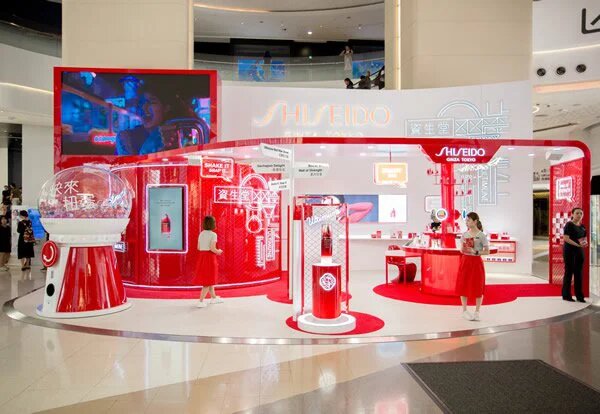
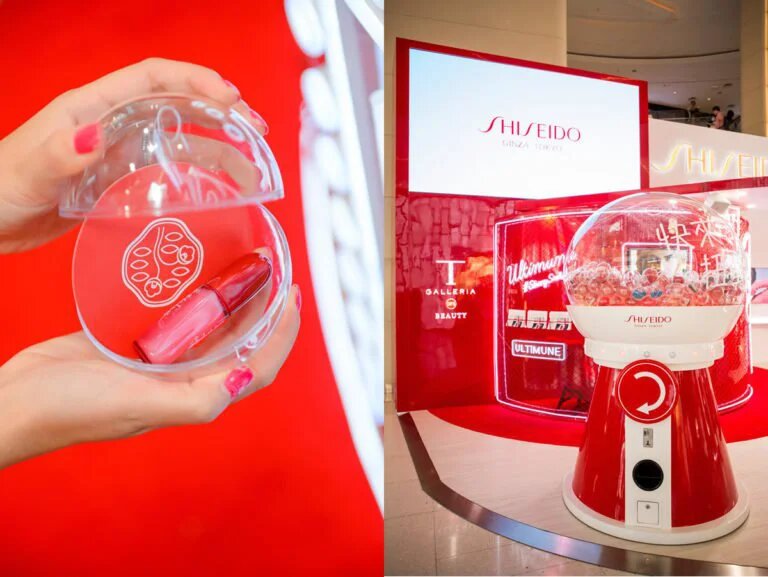

Bringing it to reality
Planning the campaign is as important as executing it with the quality needed. Even if it’s a temporary promotion, pay attention to the quality of the decor production and ensure all element finishes are detailed. This is the only way to achieve an impactful activation that boosts your sales.
Point of sale staff
They will be your brand ambassadors and, specifically, the promoted products or services. They should know everything about what is being sold and how to sell it to provide exceptional customer service and experience.
Monitoring and reporting
Manage, control, and measure the information. Continuously monitor the available promotions and check which are the most successful. This allows you to maintain control, measure customer satisfaction, and act quickly if a promotion isn’t working as planned.
Results evaluation
Continually analysing the results of each campaign is essential to learn and find improvements.
Point of sale promotion is the best strategic element and the perfect ally. Christmas is approaching, making it the right time for these activations. Ignite the spark, get to work, and create your best campaign.
You may also be interested
open
08:00 AM-18:00 PM Monday – Friday
08:00 AM-18:00 PM Monday – Friday